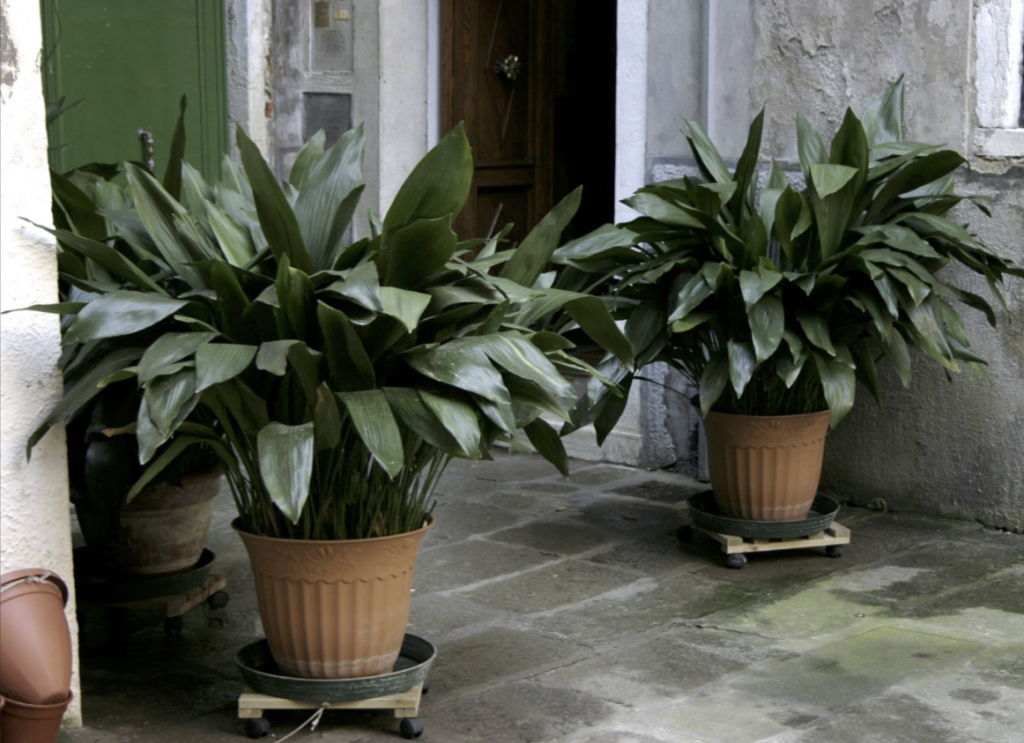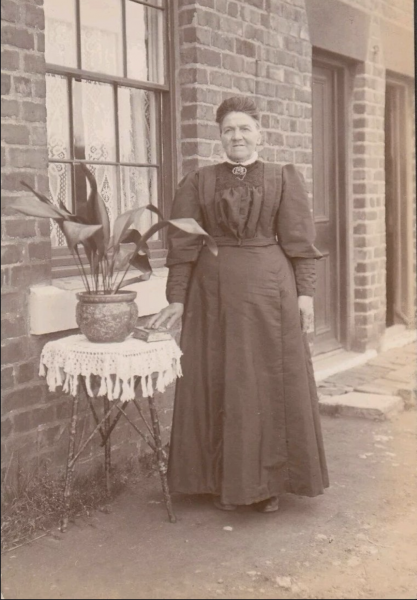Dr. Lew Feldman, Garden Director
Aspidistra elatior (the cast iron plant) was a popular houseplant in Victorian England and was often considered a “symbol of middle-class respectability.”


After gas lighting was introduced to illuminate homes in the late 19th century, Aspidistra was often the only plant that could be grown successfully indoors, leading to the descriptor, “cast-iron” plant, meaning that it was very hardy. But what’s the basis for this hardiness? When the gas used for illumination was chemically analyzed it was found to have a contaminant, a low molecular weight compound known as ethylene. We now know that ethylene occurs naturally in plants where it functions as a growth regulator (a “hormone”), promoting various types of developmental events. When present in high amounts, as in the illumination gas, ethylene is toxic. Given this toxicity why does the Aspidistra appear unaffected, while most other plants die? The answer is, that the Aspidistra hardly “sees” the ethylene; that is, that the usual biochemistry found in most plants for reacting to ethylene is absent or greatly modified in Aspidistra. Hence, Aspidistra plants can grow successfully in rooms with relatively high levels of ethylene gas.
So next time you are viewing a movie supposedly set in Victorian England, check out the plants in the background. If you see ferns, rubber plants, and orchids, you need to contact the movie’s Director and update her using your newly acquired botanical knowledge.
Various species of Aspidistra can be found growing in the Asian section of the UC Botanical Garden. Living up to their cast iron descriptor, in addition to tolerating high levels of ethylene (air pollution), they can withstand deep shade, neglect, and dry soils. In the Bay Area, many species can be grown successfully outdoors, in the shade.

